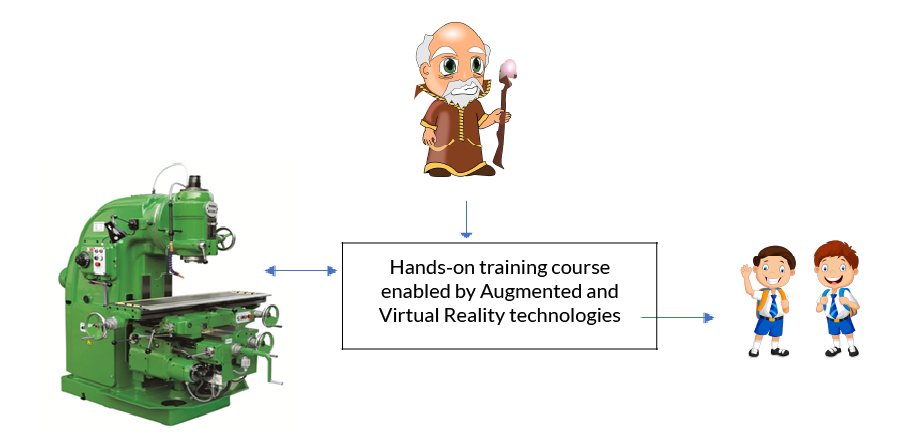Challenge:
Although automation and robotics can help fill some of my production activities due to lack of financial resources I still need employees to work on the traditional machines such as lathe machines, milling machines etc. The employees working on these machines are 60+ years old and are getting close to retirement and there are no young people trained for such jobs on the market. This is one of the biggest threats facing the manufacturing sector today.
Industry Sector:
Manufacturing
____
Preliminary Analysis:
To address the challenge of avoiding traditional production machinery to become obsolete—due to the lack of workers with the necessary knowledge to operate them—in a cost-constrained way, three different alternatives can be identified in the literature.
The first alternative consists of automating the operation of machinery by installing low-cost physical add-ons and developing a digital twin able to oversee the production. The second alternative consists of using 3D printers to conduct these production activities; which young generations of employees are potentially more accustomed to using. The third alternative consists of creating digital training courses (so they are reusable and enhanceable over time) on how to operate this traditional machinery. These training courses could be best seen as a live operating manual in which, with the help of Virtual and Augmented Reality technologies, students could be exposed to the different key situations that are necessary to learn and understand the operation of the machinery.
____
Solution Summary:
Taking into account the budget constraints posed by the challenge definition, the proposed solution consists of building an ad-hoc hands-on course committed to train young engineers on the operation of traditional machinery. This training course will be enabled by Augmented and Virtual Reality technologies that will help students (and trainers) to rapidly and effectively acquire (and convey) the learning outcomes.
Possible opportunities:
- Students can learn without the danger/fear of being harmed by the machine.
- The digital course does not depend on the individual knowledge of the worker, which ensures its long term sustainability.
- The course can be sold to other companies using the same machinery.
Possible difficulties:
- The scenarios proposed by the current operators of the traditional machine might be difficult to translate into a computer programming environment.
- The training path might be difficult to define for someone who did not learn to use the machine using Virtual and Augmented Reality.
- Some students/trainers might be reluctant to use Virtual/Augmented reality.
